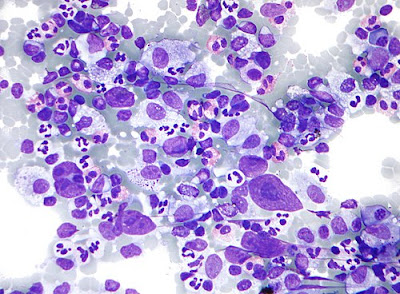Hodgkin's lymphoma treatment includes chemotherapy, radiation therapy (radiotherapy), and in rare cases, stem-cell transplant. Hodgkin lymphoma (HL) is a type of lymphoma, in which cancer originates from a specific type of white blood cells called lymphocytes. Symptoms may include weight loss, night sweats, and fever, among others. Hodgkin lymphoma, or Hodgkin's disease, a cancer of the lymphatic system. Hodgkin's lymphoma treatment depends on the type and stage of the disease, overall health, and on the patient preferences.
The goal of treatment is to destroy as many cancer cells as possible and bring the disease into remission. Chemotherapy and radiotherapy are the main treatments for Hodgkin lymphoma. Depending on the case or severity of the condition, one or both of these treatments might be used to treat HL. Newly diagnosed HL is often treated with regimens that use a combination of chemotherapy drugs given at one time. Hodgkin lymphoma is considered to be a curable, but therapies for this disease can have significant long-term toxicity.
Thus, with the increasing prevalence of HL, the demand for Hodgkin's lymphoma treatment is also increasing with a rapid pace, worldwide. For example, according to the National Cancer Institute, in 2018, there were an estimated 219,128 people living with Hodgkin lymphoma in the United States. Moreover, according to the American Cancer Society, in 2021, an estimated 8,830 new cases (4,830 in males and 4,000 in females) of HL will be diagnosed in the United States and around 960 people will die from the disease.
The prognosis of HL is also better than that of non-Hodgkin's lymphoma (NHL) since NHL is often diagnosed at a more advanced stage. However, both forms of blood cancer are treatable when diagnosed early. In some cases, HL may never go away completely. These people may receive regular treatment with radiotherapy, chemotherapy, or other treatments to help control it and relieve symptoms for as long as possible.




No comments:
Post a Comment